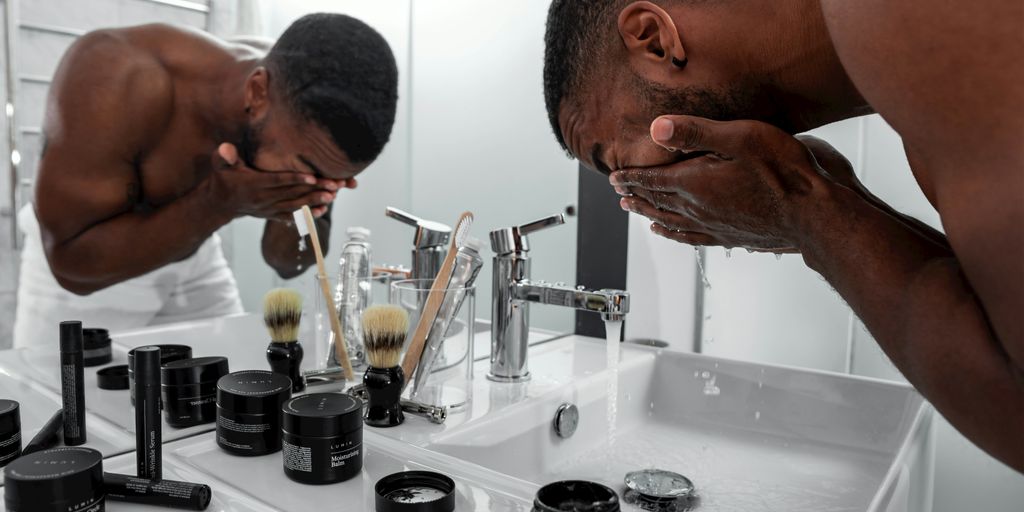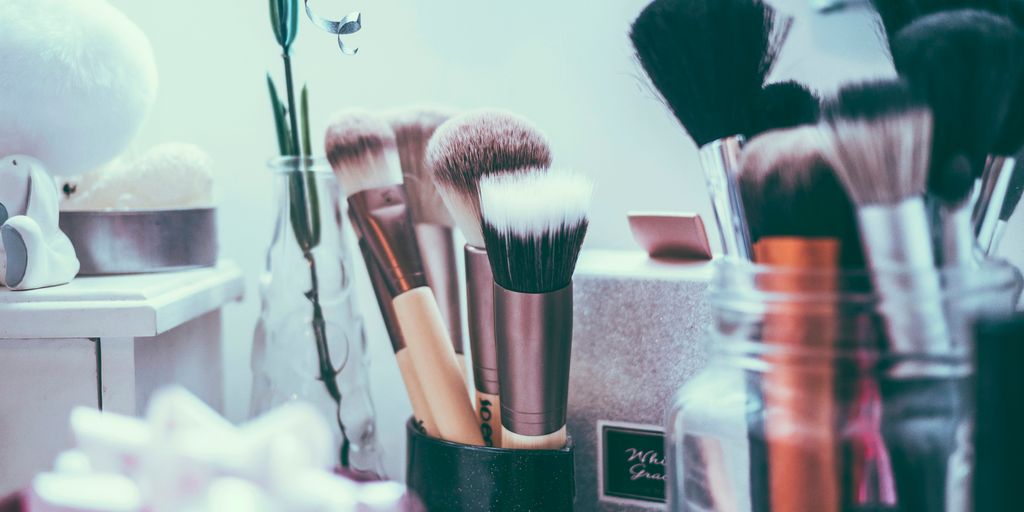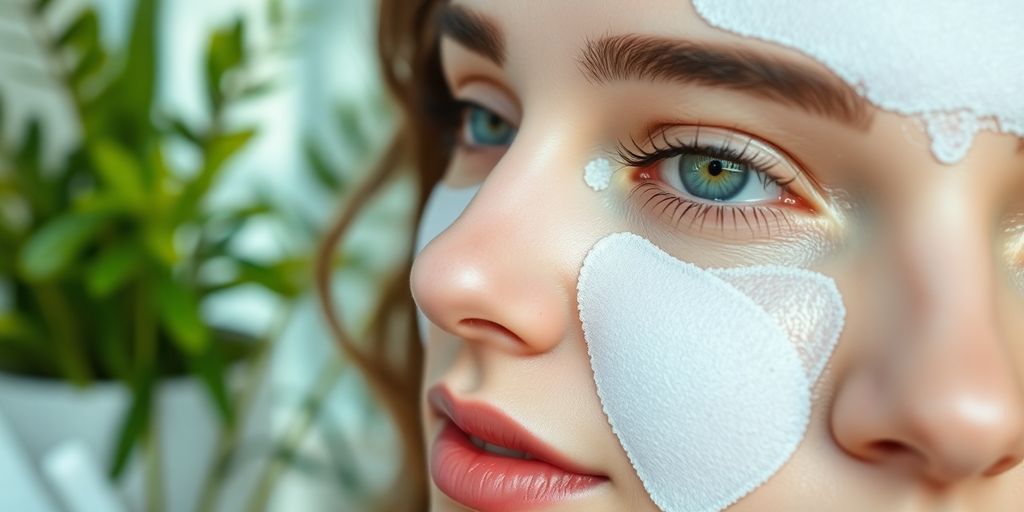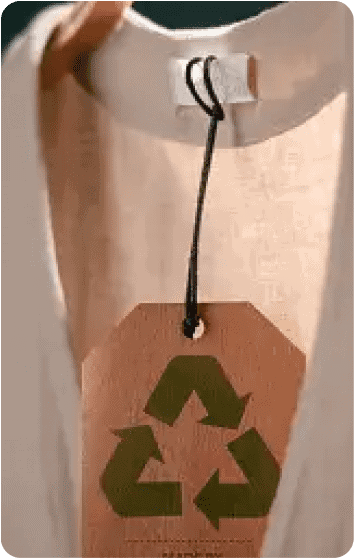In today’s world, where sustainability is more than just a buzzword, many are turning to DIY beauty treatments as a way to reduce their carbon footprint. One such eco-friendly hair removal method that has been gaining traction is sugar waxing. Not only is it a natural waxing alternative, but it also offers numerous benefits for both the environment and your skin.

Credits: weheartthis.com
History of Sugar Waxing
Sugar waxing, a beauty ritual with deep roots in ancient civilizations, has been a sustainable choice for centuries. This age-old technique, known for its simplicity and effectiveness, has stood the test of time. From the queens of Egypt to the noblewomen of Persia, sugar waxing has been a preferred method of hair removal, proving that sometimes, the best solutions are the ones nature provides.
DIY Sugar Wax Recipe
Embracing sustainable grooming practices starts at home. Here’s a detailed guide to making sugar wax:
Ingredients:
2 cups sugar
1/4 cup lemon juice
1/4 cup water
Steps:
- Combine all ingredients in a saucepan.
- Heat over medium flame, stirring continuously. Watch as the mixture transforms from a watery solution to a thicker, golden consistency.
- Once the mixture reaches a golden hue, remove it from heat. Allow it to cool slightly before transferring to a jar.
Tips and Tricks for the Perfect Consistency
Achieving the right consistency is crucial for effective waxing. If the mixture is too thick, it won’t spread easily. If it’s too runny, it won’t adhere to the hair properly. Here are some tips to ensure your sugar wax is just right:
- Water Content: If your mixture is too thick, add a tablespoon of water and heat it again. Conversely, if it’s too runny, let it simmer a bit longer.
- Temperature Check: Before using the wax, always check its temperature to avoid burns. It should be warm, not hot.
- Storage: Store in a cool, dry place. If the wax hardens over time, you can reheat it to achieve the desired consistency.
How to Use Sugar Wax Effectively?

Credits: hollywoodlife.com
Using sugar wax might seem daunting for beginners, but with the right techniques, it’s a breeze:
- Preparing the Skin: Cleanse and exfoliate the area to be waxed. This ensures the wax adheres properly.
- Application: Using a spatula, apply a thin layer of wax in the direction of hair growth.
- Removal: Hold the skin taut and quickly pull off in the opposite direction of hair growth.
- Aftercare: Apply a soothing lotion or aloe vera gel to calm the skin.
The Science Behind Sugar Waxing
At its core, sugar waxing is a simple process. The sugar in the mixture acts as a natural exfoliant, while the lemon juice, with its acidic properties, helps in breaking down the hair follicle. When combined, these ingredients create a sticky solution that adheres to the hair, making it easier to pull out from the root.
Benefits of Sugar Waxing

Credits: weheartthis.com
When it comes to biodegradable beauty products, sugar wax is unparalleled. Made from natural ingredients, it ensures minimal harm to the environment. But the benefits don’t stop at being eco-friendly:
- Environmental Benefits: Unlike commercial waxing products that come in plastic packaging, sugar wax can be made at home, reducing plastic waste. Its ingredients are biodegradable, ensuring no harmful residues are left behind.
- Personal Benefits: Sugar waxing is known to cause less irritation compared to commercial waxes. Its natural ingredients ensure minimal harm to the skin, making it suitable for those with sensitive skin. Moreover, the results last longer, reducing the frequency of waxing sessions.
- Economic Benefits: In the long run, making sugar wax at home is incredibly cost-effective. With just a few household ingredients, one can make a batch that lasts multiple sessions, saving money in the process.
Comparing Sugar Wax to Commercial Waxing Products
Commercial waxing products, while effective, often come with a heavy environmental price tag. Their production involves chemicals, and their packaging contributes to plastic waste. In terms of cost, making sugar wax at home is far more economical than store-bought alternatives. Moreover, the organic skincare benefits of sugar wax, such as reduced irritation and no harmful additives, make it a clear winner.
Conclusion
As the world leans more towards zero-waste grooming and homemade beauty recipes, sugar waxing stands out as a champion of sustainable beauty. It’s not just about looking good; it’s about feeling good, knowing that our beauty choices are in harmony with the planet. So, the next time you reach for a commercial waxing product, remember the sweet side of sustainability and give sugar waxing a try!
Craving more DIY magic? Dive into our blogs for a treasure trove of insights and tips to elevate your DIY game. Click here to read more!









